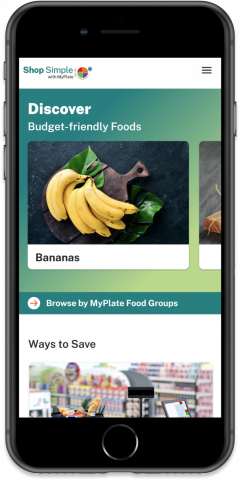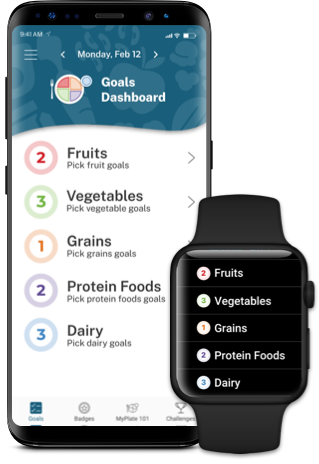Healthy Eating for Toddlers
Healthy eating is important at every age. Offer toddlers a variety of fruits, vegetables, grains, protein foods, and dairy or fortified soy alternatives. When deciding on foods and beverages, choose options that are full of nutrients and lower in sodium and avoid added sugars. Start with these tips:
Provide foods full of nutrients
Offer your toddler a variety of fruits, vegetables, grains, protein foods, and dairy or fortified soy alternatives. Avoid foods and beverages with added sugars and choose those with lower sodium.
Look for cues
When your child is hungry, he or she usually lets you know. But fullness cues are not as obvious. A child may be full if he or she pushes food away, closes mouth, turns head away from food, or makes sounds to let you know. Recognizing and responding to these cues helps children learn how to self-regulate their intake.
Prevent choking
Have your toddler sit at a table for meals and snacks and not wander around with food in their mouth. Foods such as hot dogs, candy, nuts and seeds, raw carrots, grapes, popcorn, and chunks of peanut butter can be choking risks. See the USDA Team Nutrition worksheet for more.
Drinks matter, too!
Did you know the only beverages your toddler needs are water, milk, and, if available, breastmilk? Avoid drinks with added sugars like soda, flavored milks, juice drinks, and sports drinks.
Try new foods
Try serving a new food alongside a familiar food in the same meal. It may take up to 8-10 tries for a child to accept a new food.
Serve safe food
Help your child learn to wash their hands before eating. Only serve foods that have been cooked properly and avoid serving your toddler unpasteurized (raw) juice or milk.





